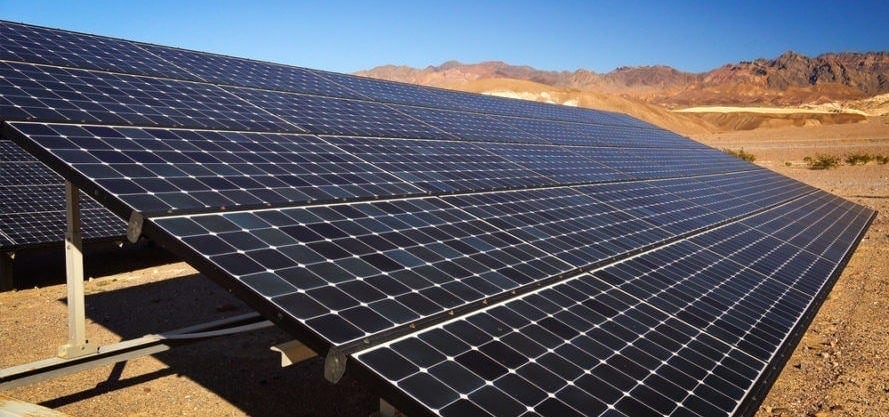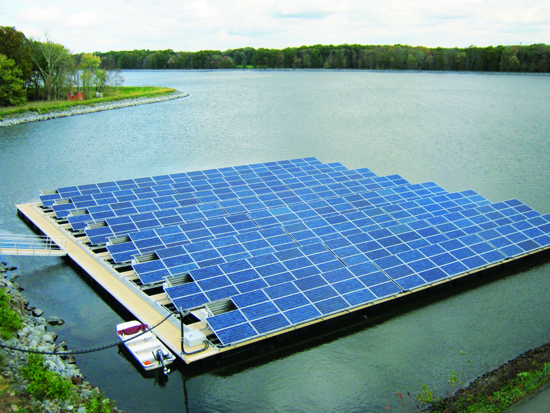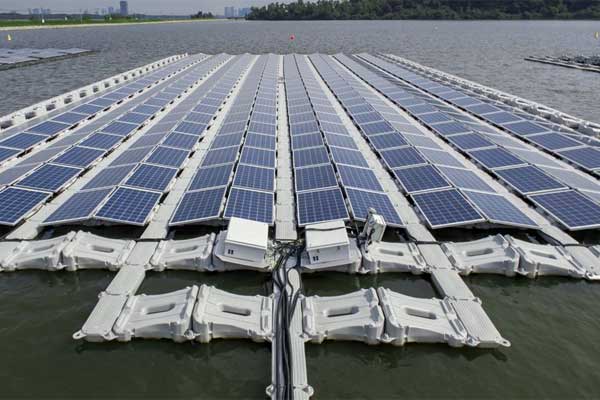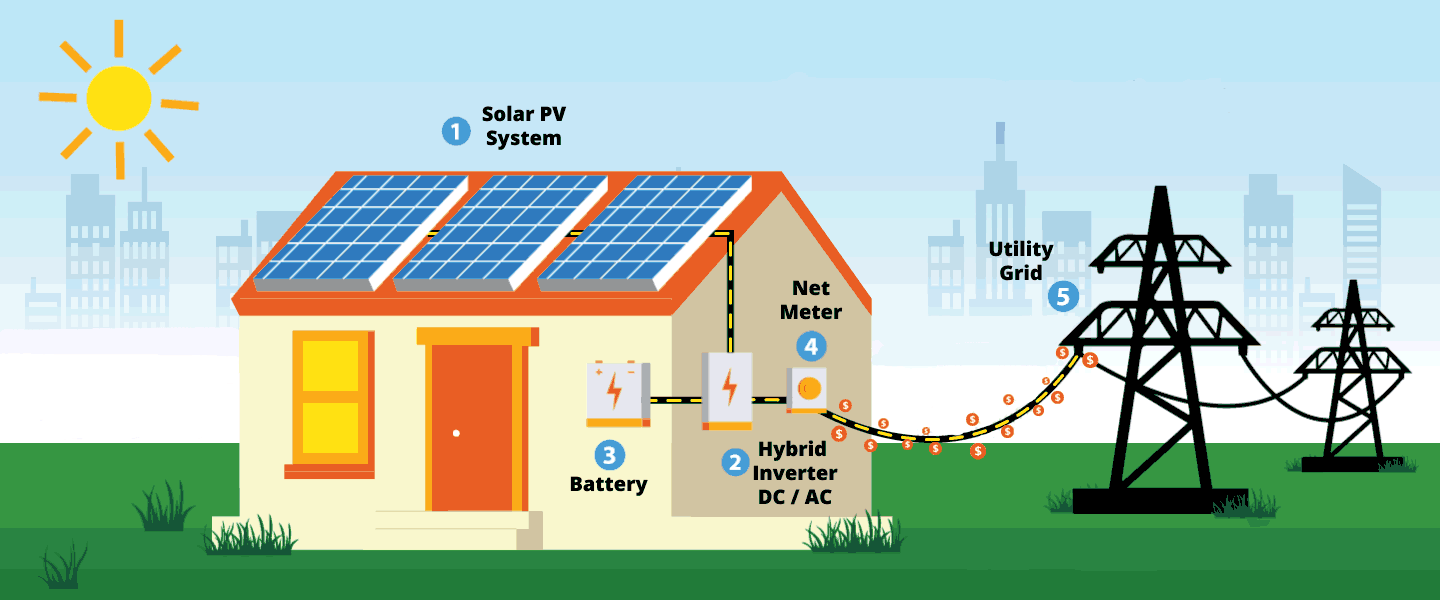For the sake of example if you are getting 5 hours of direct sunlight per day in a sunny state like california you can calculate your solar panel output this way.
Would a solar flare increase solar panel output.
The panel will also look into the possibility of providing a solar flare probability forecast.
Recent studies show that an increase in solar output can cause short term changes in earth s climate but there is no firm evidence linking solar activity with long term climate effects.
The amount of solar energy that earth receives has followed the sun s natural 11 year cycle of small ups and downs with no net increase since the 1950s.
How to easily increase boost solar panel efficiency power output by making sure the correct low loss bypass and blocking barrier diodes are used.
How much energy does a solar panel produce.
The most powerful flare on record was in 2003 during the last solar maximum.
Although x is the last letter there are flares more than 10 times the power of an x1 so x class flares can go higher than 9.
Powerful flares are often but not always accompanied by a coronal mass ejection even the most powerful flares are barely detectable in the total solar irradiance the solar constant.
Thus the output for each solar panel in your array would.
It is therefore extremely unlikely that the sun has caused the observed global temperature warming trend over the past half century.
They cut out at x17 and the flare was later estimated to be about x45.
Solar flares occur in a power law spectrum of magnitudes.
While none of the coronal mass ejections were earth directed noaa now expects the active region to be facing earth by this weekend the first x class solar flares of 2013 went largely unnoticed by the mainstream media.
Over the same period global temperature has risen markedly.
There have been a total of four x class solar flares since mother s day last sunday.
5 hours x 290 watts an example wattage of a premium solar panel 1 450 watts hours or roughly 1 5 kilowatt hours kwh.
A solar flare is a sudden flash of increased brightness on the sun usually observed near its surface and in close proximity to a sunspot group.
It was so powerful that it overloaded the sensors measuring it.
Solar flare activity has increased significantly in recent days.




























